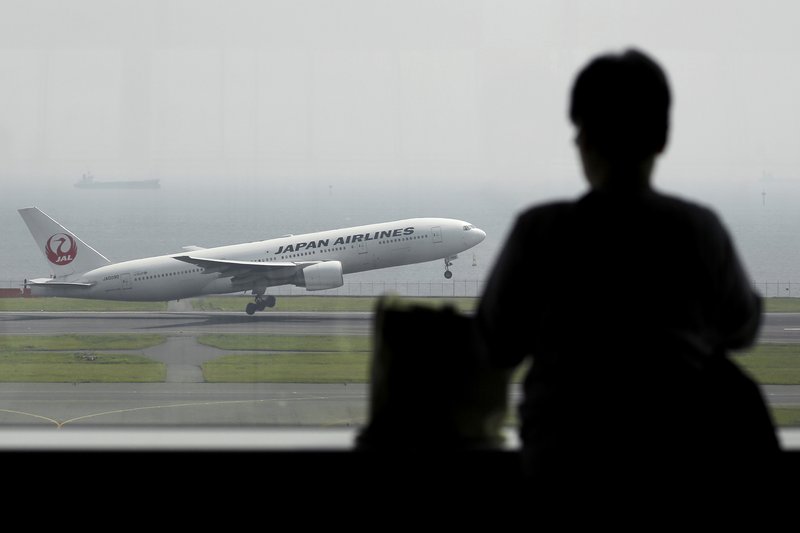Boeing Co. is considering slowing output of its two largest airliners, including the iconic 747 jumbo jet, as a slumping airfreight market reduces demand for the cargo versions of the planes.
Production of the twin-engine 777, one of Boeing's largest sources of profit, may be cut by as much as 16 percent ahead of the arrival of an upgraded model later this decade, executives said last week. Boeing now builds 8.3 of the aircraft a month and said would it would keep the tempo at seven or more.
Also under study: whether to take the 747-8 production rate to less than the planned one-a-month pace that begins in 2016. Such a pullback would be the fifth since 2013, as airlines opt for bigger, more-capable twin-engine craft like the 777 over the four-engine jumbo.
"It's a challenging marketplace for the airplane," Chief Financial Officer Greg Smith said on a conference call after Boeing's third-quarter earnings report. "We'll likely take another look at the rate here early next year."
A decision on the 777 rate also will come in 2016. The company's assurance of a floor for 777 production is "definitely a positive" for analysts, who had expected even deeper cuts, Canaccord Genuity's Ken Herbert said in a phone interview. He had predicted a drop to six jets.
The 777 is "a big driver of cash flow and earnings," Herbert said of the big twin-aisle jet. "This and the 737 really are where they make all their money."
By offering cargo-only versions of its 747, 767 and 777 wide-bodies, Boeing can tap buyers beyond passenger airlines. But global airfreight volumes fell 2 percent this year through August, according to the International Air Transport Association, blunting the need for carriers to refresh or expand their fleets.
Boeing is poised to offer an upgraded version of the 777, dubbed the 777X, later this decade, with more fuel-efficient engines and wings so wide the tips will fold up to let the plane taxi to the gate.
Analysts have seen a 777 pullback as inevitable because of the dwindling orders that are typical for a plane near the end of its production run. Delta Air Lines Inc. Chief Executive Officer Richard Anderson said last week he sees an "aircraft bubble" from a glut of wide-bodies, stirring investor concern that the 777 would be sold at a bigger discount.
"The 777 clearly faces production headwinds during the product's transition to the re-engined 777X," Carter Copeland, a Barclays PLC analyst, told clients in a report. "The stark difference in new versus used prices suggests less demand for the last-of-line 777s."
Sales of the current 777 have slowed since the 2013 unveiling of the 777X design, whose largest version will be Boeing's costliest ever, listing for $400 million.
Current-model sales fell from 121 in 2013 to 63 a year ago, according to a Sanford C. Bernstein & Co. analysis, and totaled 54 firm orders this year through Oct. 13. The 777 order book is full for next year and half-sold for 2017, Boeing said. The majority of delivery slots remain open for 2018 and 2019, according to the Bernstein analysis.
SundayMonday Business on 10/25/2015
